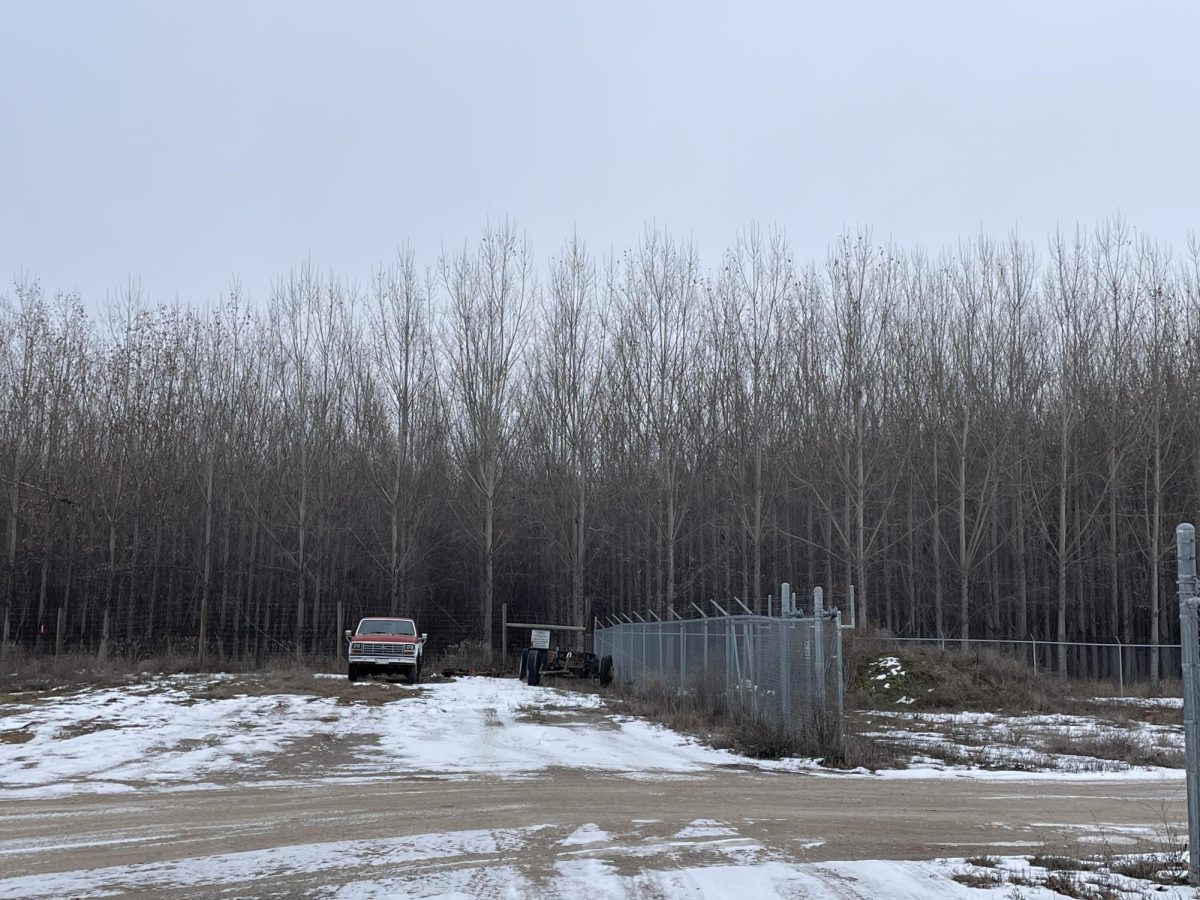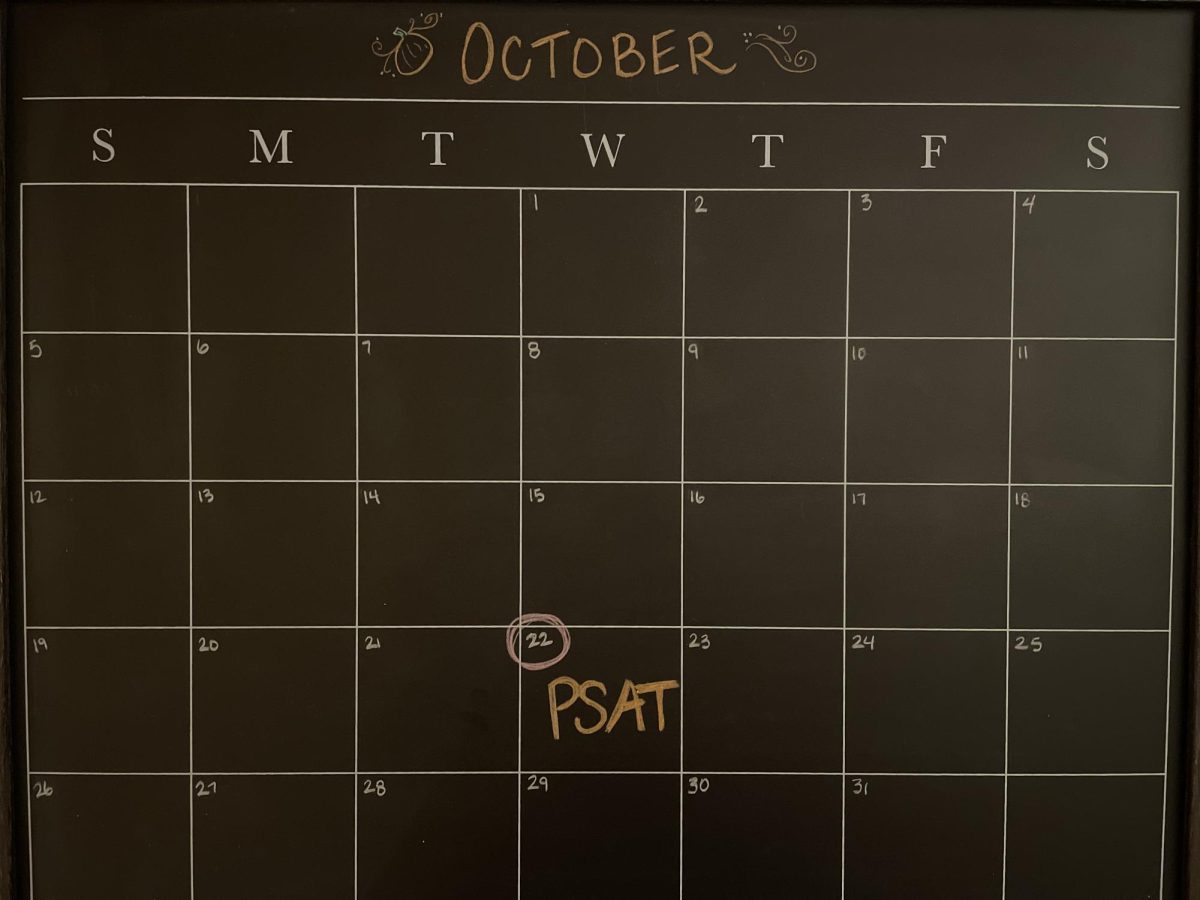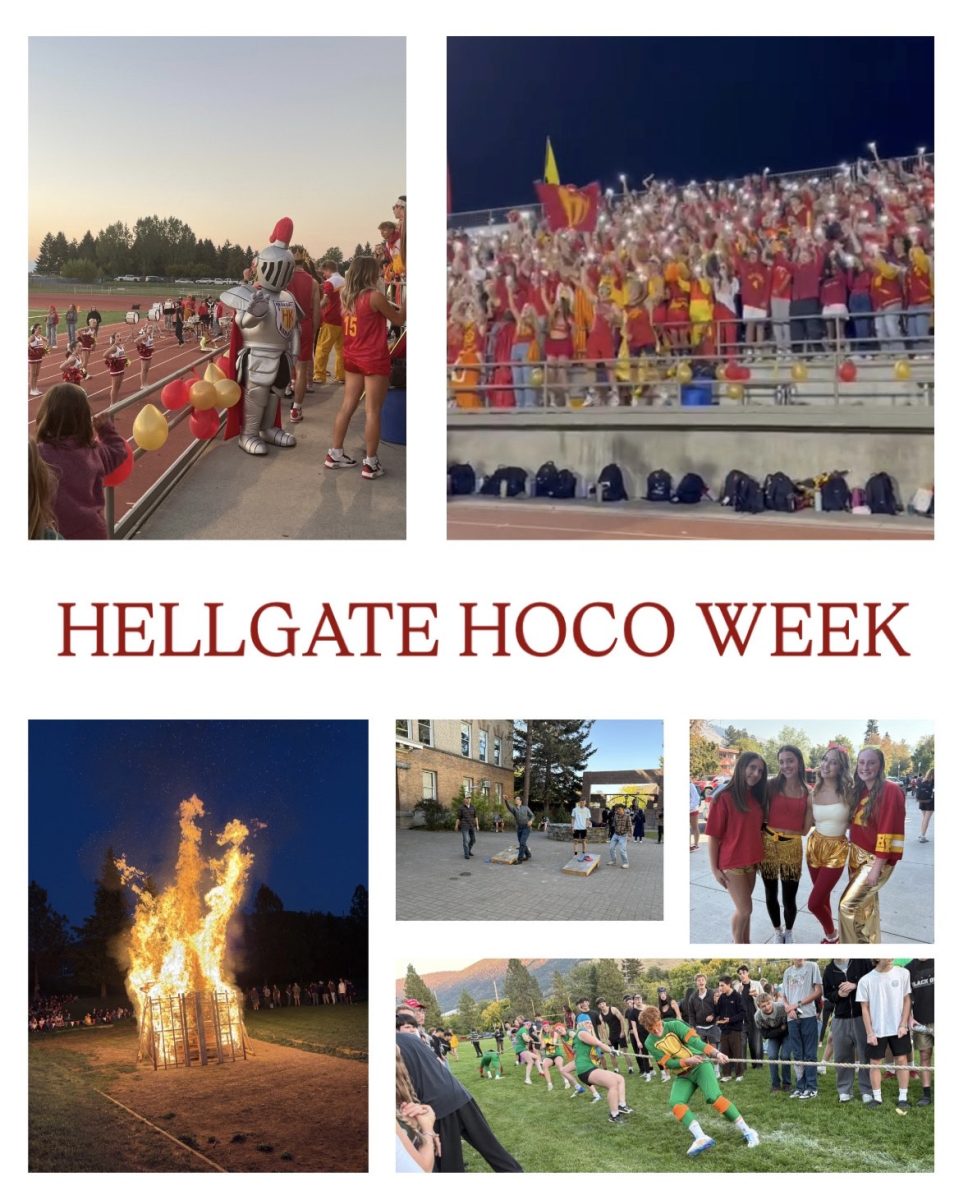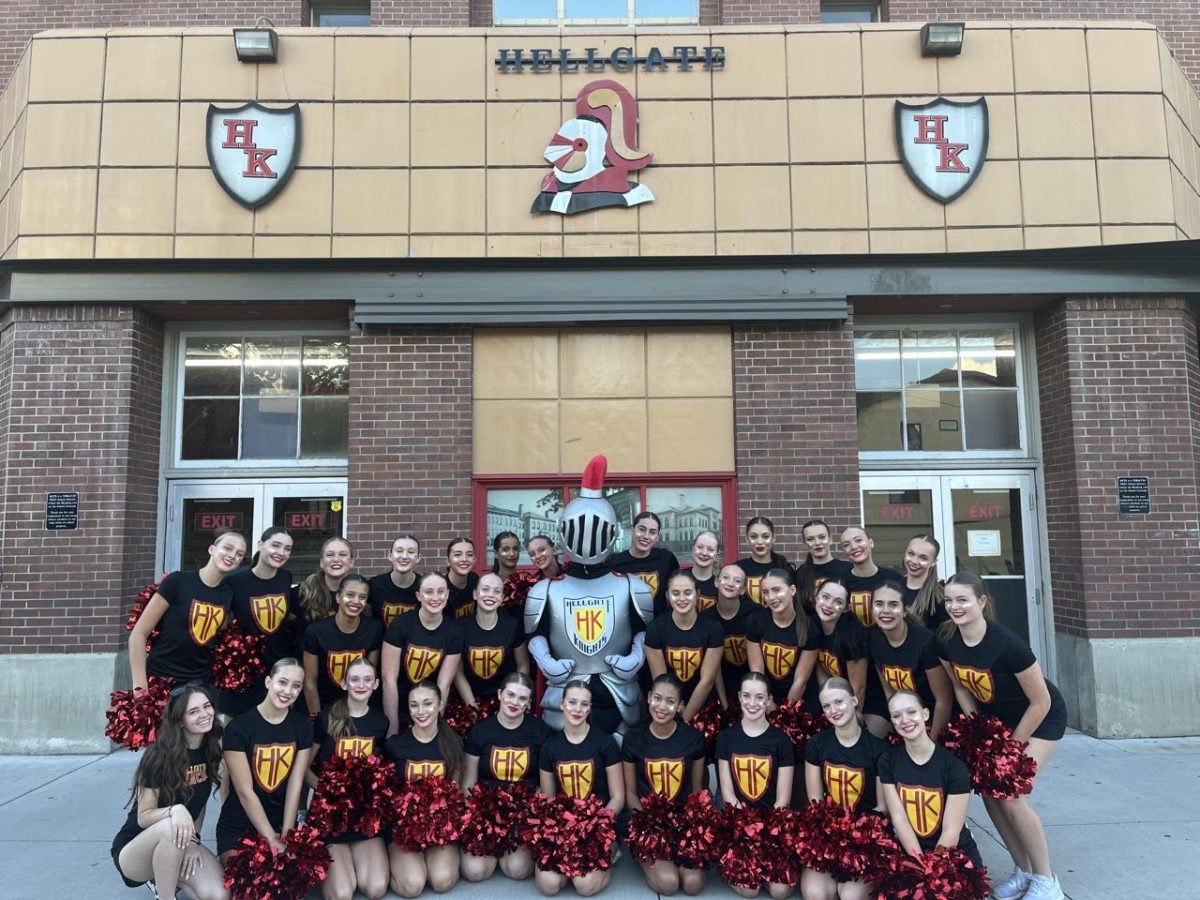Across from the Reserve Street Walmart 90,000 poplar trees sit untouched and dying as the urban sustainability project went awry. The 130 acres of trees are used to filter out unwanted nutrients from entering the Clark Fork River from waste. Despite the shortfound success of the sustainability goals, the original plan to sell the poplar trees has fallen through; they are now set to become mulch.
“They were meant to be harvested when they matured, and yet there’s not much of a local market for them anymore,” said Vicki Watson, Environmental Studies professor at the University of Montana, who has been involved in this project for several years. “The trees are reaching maturity and starting to die.”
In the early 2000s when the idea of planting poplar trees emerged, Tom Platt, founder of the idea, was banking on a way to sell the lumber. However since then, the poplar wood market has crashed, leaving no plan for the 90,000 trees.
With an initial hope of harvesting and selling the trees in 2017, the poplars are now seven years past their expiration date according to Watershed Consulting, a manager of the project.
“They need to be harvested quickly,” said Watson, but the managers of the project are scratching their heads with what exactly to do with them.
The project began in 2004, with goals of avoiding algae blooms and other environmental problems in the Clark Fork River. The actual filtering of the wastewater did not begin until 2014. While successful in preventing nitrogen and phosphorus from entering the river, the end goal of the project–selling the trees–proved to be more difficult than anticipated.
Hybrid Energy Group was a main leader in the project. However, since Missoula representative for the company, Tom Platt, passed away last year, the backup plan for the trees is blurry.
The tree plant is irrigated with treated wastewater, used to filter out unwanted nutrients from the Clark Fork River. The 10 years of filtering the trees provided was a major success. “The primary purpose of the project was to divert 1 million gallons per day of nutrient-rich water from the Clark Fork River and the project has certainly accomplished that. If Tom’s and other’s crystal balls were more clear, perhaps they would have chosen a different crop than poplars,” said Logan Mcinnis, Public Works & Mobility Deputy Director of Utilities for Missoula and current project manager.
According to the City of Missoula, in the growing season the poplar trees filter out 10,918 pounds of nitrogen and around 660 pounds of phosphorus from the river.
The city and other leaders in poplar tree farm are working to find solutions for the trees while trying to not counteract the environmental progress made over the last 10 years. “When you’re really trying to shrink your carbon footprint– that’s what you’re trying to do, not make money– you think, ‘God, everything we do burns a bunch of carbon’,” said Watson.
“Tom Platt pursued this idea of land application, but this time he was saying let’s grow trees. He said then we’d also be storing a lot of carbon and when we sold the trees for lumber, then we would recoup some of the cost,” Watson said. Platt went around talking to farmers until he found a group of farmers willing to lease their land. “He proposed using the hybrid poplars because they grow really fast.”
Uses for poplar trees are limited with their small lumbar capabilities. “The city will be conducting studies this year on the various uses of the trees,” said Watson. Mulch is likely where the poplars will be headed once removed in the coming years. She said that there are too many trees to be sold at once, the market cannot support a heavy influx of poplar and a sudden loss of it. Although there is still a hope of finding a buyer for the wood.
“If we could harvest, I don’t know, 5 to 10 percent a year there would be sufficient demand for that, but we don’t have the time, ‘’ Watson said. “What they’re good for is pulp, but we don’t have a pulp mill anymore.”
The 130 acres of land on Mullen has various visions for the future. As the land was previously leased, the original idea of growing a quick-to-harvest crop was central so that the project could be completed before the end of the lease. However, since the city’s purchasing of the land, it has been determined that it will not be sold for development, a major win for the project coordinators. “The city was able to acquire that land and so it will theoretically always be available for land application,” said Watson. “We’re glad that it won’t be developed now.”
Crops of different types are being discussed for the future use of the land. Alfalfa was a crop that was considered in the beginning stages of the poplar plant but not chosen. “The city will likely go back to the idea of growing alfalfa.” Alfalfa is the most beneficial option, as it is supported by the local market, and it is less expensive to irrigate.
In retrospect, the city and leaders of the project see it as an experiment, with both pros and cons. “I think the project was and is successful. There are always going to be risks present when you are working on innovative ideas. It is critical to the future of the Clark Fork River and the City’s wastewater utility that we continue to look for ways to expand our land application systems and we have learned a lot from our experience at the poplar farm,” said Mcinnis.
Watson furthered that idea. “It was an experiment. The trees did store a lot of carbon, they used a lot of treated waste, but they did use a costly irrigation system, and the local market cannot absorb a lot of trees in a short time.”
The poplar farm will serve as a learning experience for future urban sustainability projects. “I do think that in general as we plan for future sustainability projects, we have to be cognizant of risks and have contingency plans when things don’t go as planned,” said Mcinnis.
The exact future of the trees is still yet to be determined as the new year begins. Mcinnis is heading a committee of people interested in the future of the land and the trees as well as sustainability efforts through Missoula.







